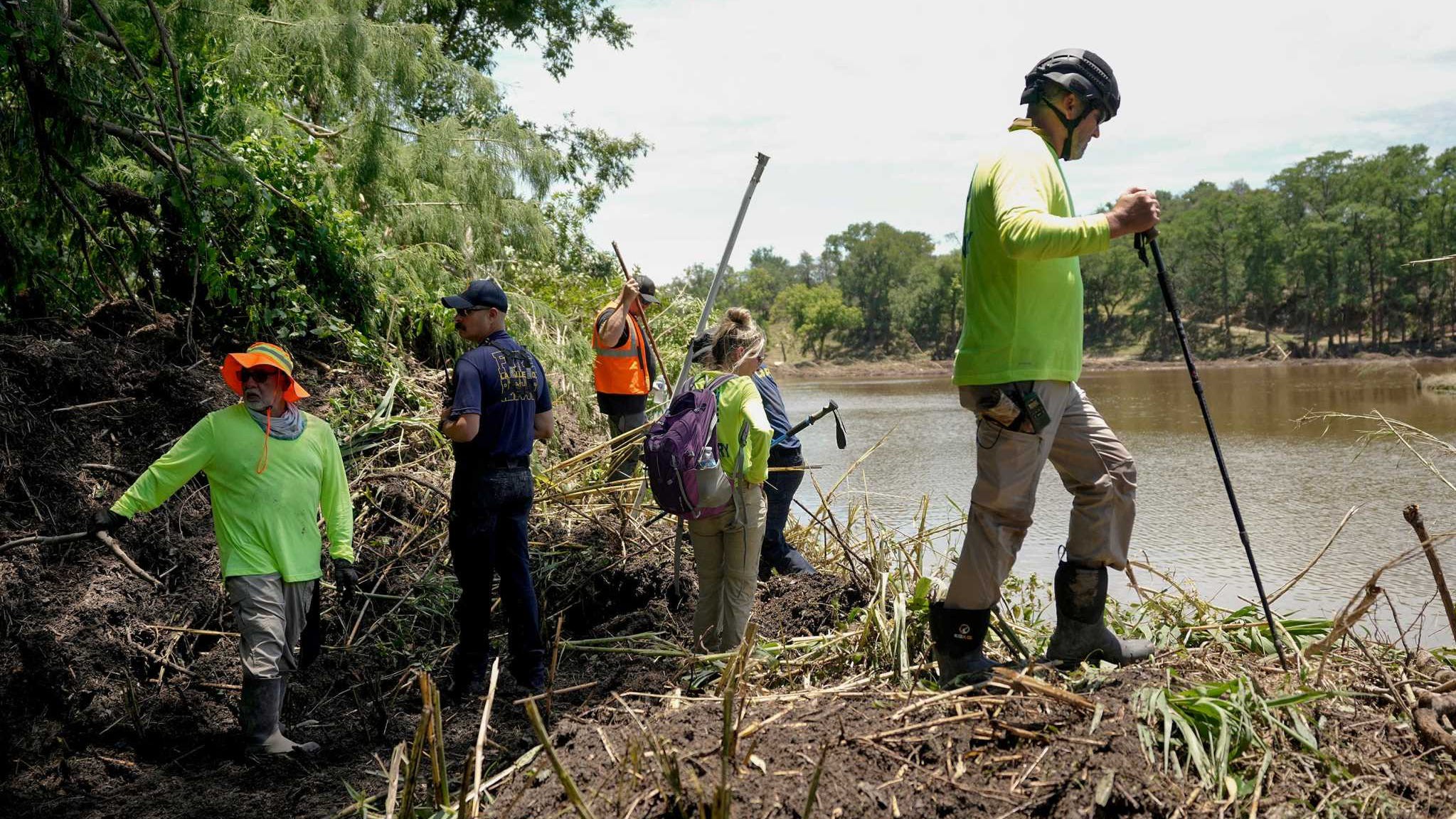news
Texas Floodplain Rebuilding Poses Safety Challenges
As many who lost their homes look to rebuild in the same spot, Texas counties do not have enough authority to regulate redevelopment in a safe way, experts warn.
Published July 15, 2025 at 10:00am

After devastating flash floods across Central Texas last week flattened homes and commercial properties along roaring rivers, resulting in more than 130 deaths, experts warn that cities and counties are limited in how they can regulate development across the state's floodplains.
With many residents who lost their homes in the July 4 weekend floods seeking to rebuild, there are concerns about whether local governments can adequately protect people from future extreme weather events.
The most effective way to guard against flood risks is to not build within Texas floodplains, or land that's susceptible to being inundated by floodwater. About 5.2 million Texans, or 17% of the state's population, live in floodplains, according to the Texas Water Development Board. According to an article by Urban Institute senior fellow Andrew Rumbach, land in the floodplains is relatively cheap. As a result, that number is only expected to grow, making it unrealistic to displace that many people.
The next best option is to elevate homes in the floodplain to a safe level, which local governments have a little more control over. The Federal Emergency Management Agency recommends building at or above the expected rainfall levels for the area. Some places like Travis County go further, requiring a minimum of 2 feet above expected rainfall.
“If you have a structure that has flooded during a flood event, it will flood again,” said Kimberly Meitzen, professor of geography and environmental studies at Texas State University. “The best way to eliminate that risk is fully removing that structure from that area and moving it up to much higher ground.”
But elevation doesn’t account for structural integrity. Many homes that were washed away in the floods in Travis County were RVs, manufactured homes and homes on stilts. They may have met the elevation requirements, but their bases are not typically able to withstand the flood-prone topography in the Texas Hill Country.
Chris Steubing, executive director of the Texas Floodplain Management Association, a flood management and preparedness coalition, said while these types of homes have to meet certain durability standards, counties generally cannot conduct building inspections after construction, as only cities have that right.
As a result, these standards are difficult to enforce in unincorporated areas, which are only under county jurisdiction, much like the areas of Travis County hit hardest by the flooding.
“Increasing policies at all levels, from our county, municipal and state governments, is something that could help us reduce flood risk and try to eliminate these types of hazards from occurring,” Meitzen said.
What will rebuilding look like in Travis County?
Homes that sustained less than 50% damage from the flooding can be rebuilt in the same spot under the same regulations, Travis County Floodplain Administrator Shawn Snyder told the Commissioners Court last week.
While Steubing recommends that people rebuild at higher elevations after a major flooding event, there are no county requirements to do so.
“If those people want to rebuild there, then really it's their right,” Steubing said. “Even though you weren't damaged 50%, you would still want to look at your house and say, ‘Okay, is there something I could do to help myself?”
While FEMA offers financial assistance to help people rebuild their homes to go beyond the minimum safety requirements, that aid hinges on having flood insurance through the National Flood Insurance Program, which most people living in Texas floodplains lack.
According to a study by the Neptune Flood Research Group, only 7% of homes statewide have flood insurance. Even in FEMA-designated “high-risk” zones, only 28% of homes have flood insurance. Due to the large risk of living in the Texas floodplains, high premiums put crucial flood insurance out of reach for many vulnerable Texas property owners.
Those without flood insurance are essentially “on their own,” Steubing said. With no guaranteed resources to better guard their homes against flooding, it will be up to them how much higher to elevate their home, if at all.
After the devastating floods July 4 in Kerr County and July 5 in the Austin area, insurance premiums will likely become even more unaffordable, perpetuating chronic underinsurance across the state, Steubing said.
“These events usually remind people that they might need to go get (flood insurance),” Steubing said. “So I'm hoping you'll see a spike that people will go get coverage. Then I just hope they hold on to it.”

